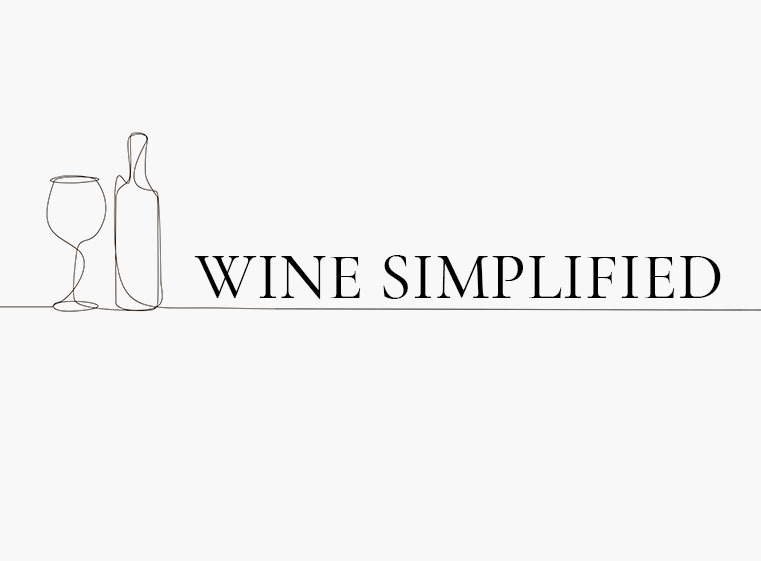Customer David C. writes: “What is meant by ‘linear?'”
At the end of January we wrote about ‘Angular’ wines – not to be mistaken for ‘Linear’ wines, see below:
Wine Term: Linear
Variations: Straightforward, commonplace
What it really means: the wine does nothing to play outside of the box or stand out in the crowd.
This can be a good or bad thing. If you like your Sauvignon Blanc or Cabernet Sauvignon straight down the middle of the flavor spectrum, with little variance in flavor profiles, you like linear wine. If you’re looking for some knock your socks off one of a kind expression from your wine, a linear wine will be a bad thing for you.
Generally speaking, a linear wine has all the available flavors all in balance, so much so that no one single facet jumps out amongst the others. Essentially all the components are playing within the lines.
When it comes to wine tastings, a linear tasting will start with your driest, lightest white, and conclude with your biggest, most-robust red, or your sweetest offering if one is to be had. While it is common place to do this type of tasting, non-linear wine tastings can offer incredible flight experiences when breaking this mold…or fall flat on their faces.
How to effectively use it:
If any one single facet jumps, the wine is not linear. If there is a unique flavor in the wine that you’ve yet to encounter in others of the same grape type, it’s not linear. If everything is balanced and it’s doing exactly what you’d expect – some might say, “run of the mill,” or, “boring,” it’s linear. Again, it really depends on what you like in your wine experience that defines if linear is a good or bad thing.
Bad idea: “Boring, next!”
Better approach: “This wine is pretty straightforward.”
Best approach: “Definitely a more linear approach to this varietal, do you have anything more adventurous with a similar flavor profile?”
Maybe they do. Maybe they don’t. Either way, they might be able to suggest something more to your newly refined tastes!

